Norwegian Forest Cats are stunning, large cats that can make wonderful pets. They have a unique appearance and affectionate temperament. Indeed they make excellent companions.
Those who suffer from pet allergies might want to think twice before adopting this beautiful breed.
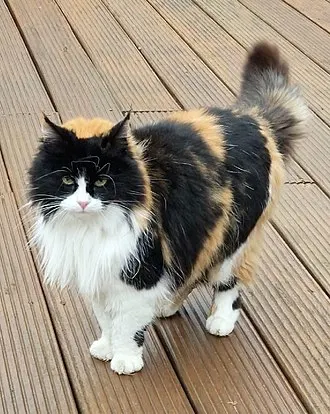
Norwegian Forest Cats are not hypoallergenic. These cats have low Fel d1 proteins, known to trigger allergic reactions, but they are prone to shedding with their dense double coat.
Routine cleaning, HEPA filters, and regular laundering can help reduce the number of allergens in your home.
If you suffer from pet allergies, it is vital to identify the root cause of your allergies. Some people may be allergic to fur and dander, while others are allergic to cat saliva or urine.
Understanding your allergy can better help mitigate allergens in your home. A hypoallergenic cat may be a better option if fur and dander trigger an allergic reaction.
Although no cat is truly hypoallergenic, opting for a breed like a Javanese or Devon Rex may be better than a thick-furred Norwegian Forest Cat.
What Causes Pet Allergies?
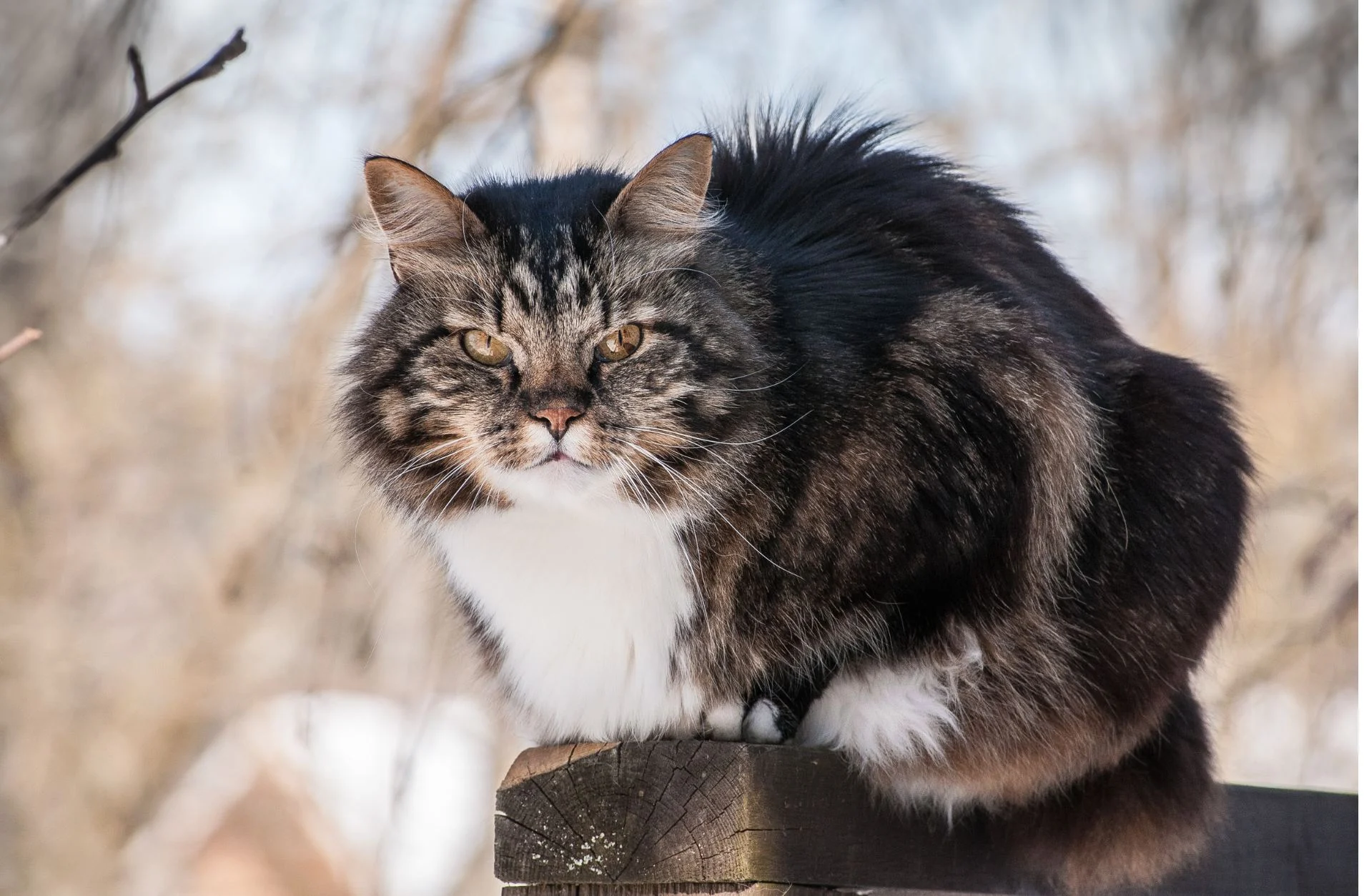 Pet allergies can come from several sources, and allergies are dependent on individual triggers. For many people, allergies stem from the cat fur and dander that comes off the skin.
Pet allergies can come from several sources, and allergies are dependent on individual triggers. For many people, allergies stem from the cat fur and dander that comes off the skin.
For others, pet allergies are caused by cat urine, saliva, or feces. Still, others are impacted by the Fel d1 proteins found at varying levels in different cat species.
When debating a new cat as an allergy sufferer, it is essential to understand what exactly causes your allergy. Finding a cat that rarely sheds will not help your allergies if you are allergic to cat urine.
Further, finding a cat with low Fel d1 levels won’t improve your allergies if you are allergic to fur and dander.
Seeing a medical professional and performing an allergy test can help diagnose the root of your allergies.
Does Cat Size Impact Pet Allergies?
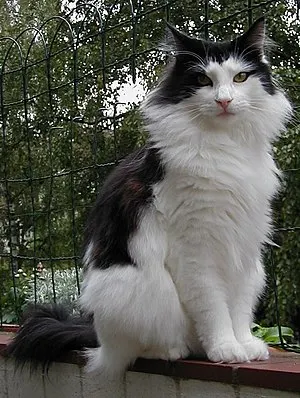
Technically speaking, the size of a cat will not immediately impact how severe your allergic reaction is. However, indirectly, size has a significant influence on pet allergies.
Bigger cats tend to impact allergies more simply because they carry more allergens due to their size.
Because a Norwegian Forest Cat tends to be larger, it can be worse for allergy sufferers simply because there is more fur, dander, or protein.
If you suffer from pet allergies and still are interested in a large cat, don’t let the size deter you. Regular cleaning routines with a strong air filter can help reduce the amount of fur and dander floating through your home.
Regular brushing can also reduce the amount of dead fur shed, significantly reducing the number of allergens that could trigger an allergic reaction.
Do Norwegian Forest Cats Have Thick Fur?
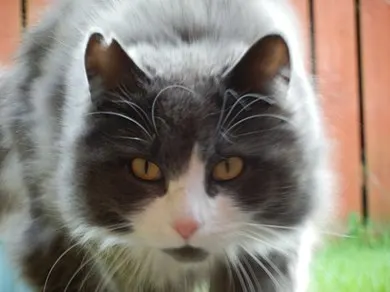
The Norwegian Forest Cat is a stunning breed with a long and luxurious coat. This cat features a thick double coat, with a dense outer coat and a soft and downy undercoat to help keep this cat warm.
These cats have incredibly thick fur with long hair.
Because these cats have a thick double coat, the Norwegian Forest cat can be considered a high-level shedder compared to other cat breeds with a single-layer coat.
If your allergies stem from fur and dander, owning a Norwegian Forest cat without a commitment to increased cleaning routines may not be a good idea.
Will Grooming My Cat Improve My Allergies?
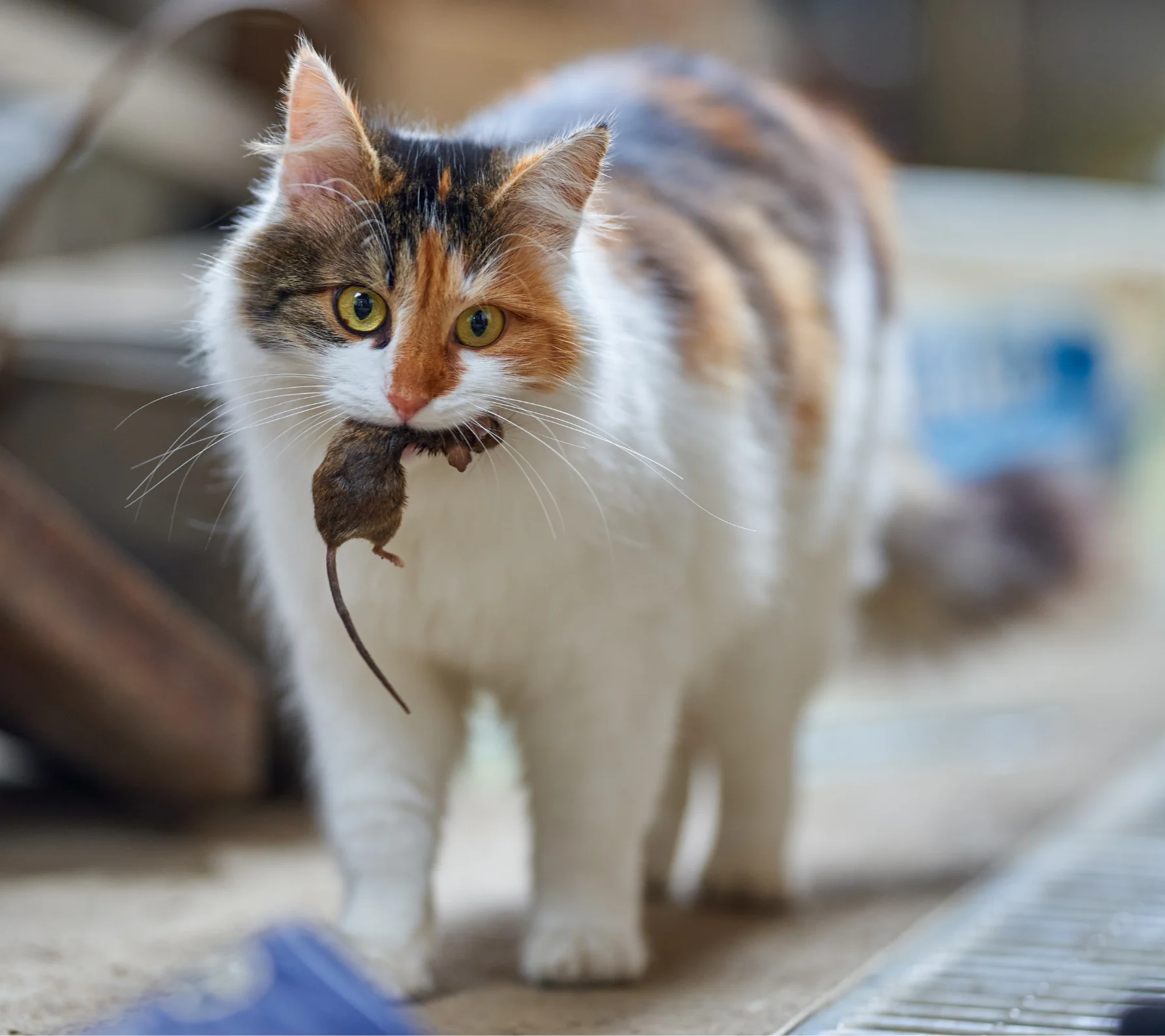
Some allergy sufferers have a severe reaction to the fur and dander from a cat. Grooming a cat can significantly help reduce the amount of fur and dander in your home.
Most cats will happily self-groom, cleaning themselves of dirt and debris.
However, brushing your cat, especially your long-haired cat, once a week can significantly reduce the amount of dead fur floating through your home.
Further, brushing your cat can help pull some natural oils from your cat’s skin into the rest of its body, making the coat healthier, shinier, and less likely to shed.
What Are Common Allergy Symptoms?
More people are allergic to cats than dogs and will often experience mild to moderate symptoms that can indicate you have an allergic reaction. Some common reactions to cats include:
- Runny nose or eyes
- Itchy or watering eyes
- Skin rash or itchy hives
- Trouble breathing or wheezing
- Congestion or stuffy nose
Most pet allergies can be mitigated with simple over-the-counter medication. Look for specific allergy medication or medication that contains antihistamines.
If your symptoms persist or worsen after taking allergy medication, particularly symptoms that prevent you from breathing comfortably and normally, seek immediate medical attention.
Severe allergic reactions to pet fur and dander are rare but possible.
How Can I Improve Pet Allergies at Home?
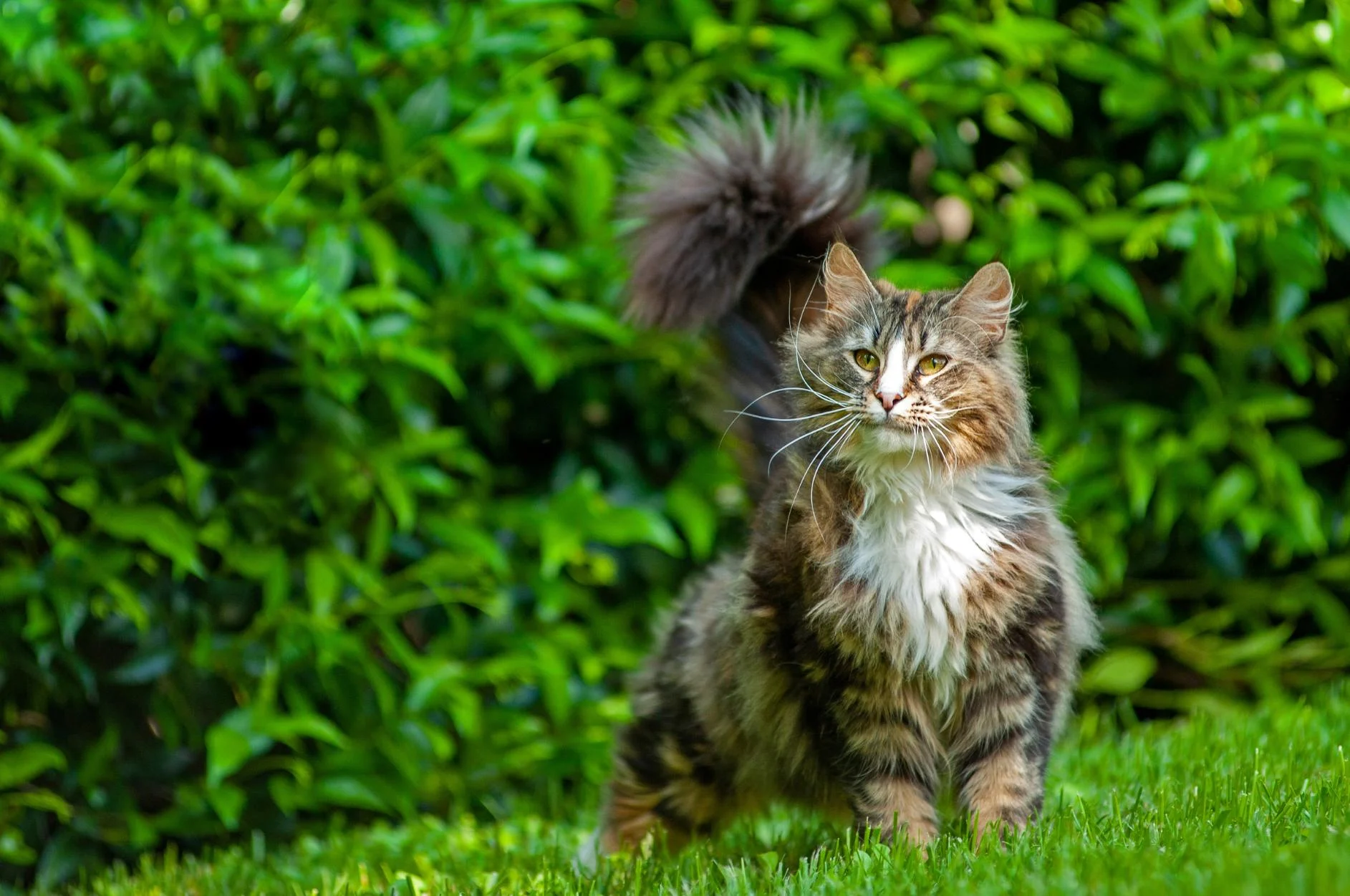 People who suffer from pet allergies can be downright miserable sharing a home with a cat.
People who suffer from pet allergies can be downright miserable sharing a home with a cat.
Most people are allergic to the fur and dander a cat’s coat puts off, so keeping fur in the house to a minimal amount is critical for fighting pet allergies.
To help improve your pet allergies in your home, you can:
- Perform Regular Cleaning – Keeping a routine and continuous cleaning schedule will help reduce the amount of cat hair and dander floating through your home. To remove allergy-causing fur, and dust, vacuum and wipe down hard surfaces daily.
- Isolation – Try to keep a room in the house off-limits to your cat. By doing so, allergy sufferers will have a haven to escape if their allergies become unbearable. Many people will choose to make the bedroom off-limits to cats so they can sleep peacefully without allergy irritation.
- Hard Surfaces – If possible, switch out the surfaces in your home for hard surface alternatives. The carpet should be replaced with hardwood or tile. Usually, cat fur and dander have difficulty sticking to hard surfaces, making clean-up easier.
- Air Filters – Adding high-quality air filters to your home can help filter out allergens that may cause allergic reactions. Look for HEPA filters to make the most significant impact in filtering contaminants from your home.
- Laundering – Frequently launder soft surfaces in your home, including blankets, pillows, towels, and your cat’s toys and bedding. Usually, fur and dander will stick to soft surfaces making allergic reactions worse.
What Cats Are Hypoallergenic?
Finding a truly hypoallergenic pet may not be possible, especially if someone is allergic to a cat’s saliva, urine, or feces.
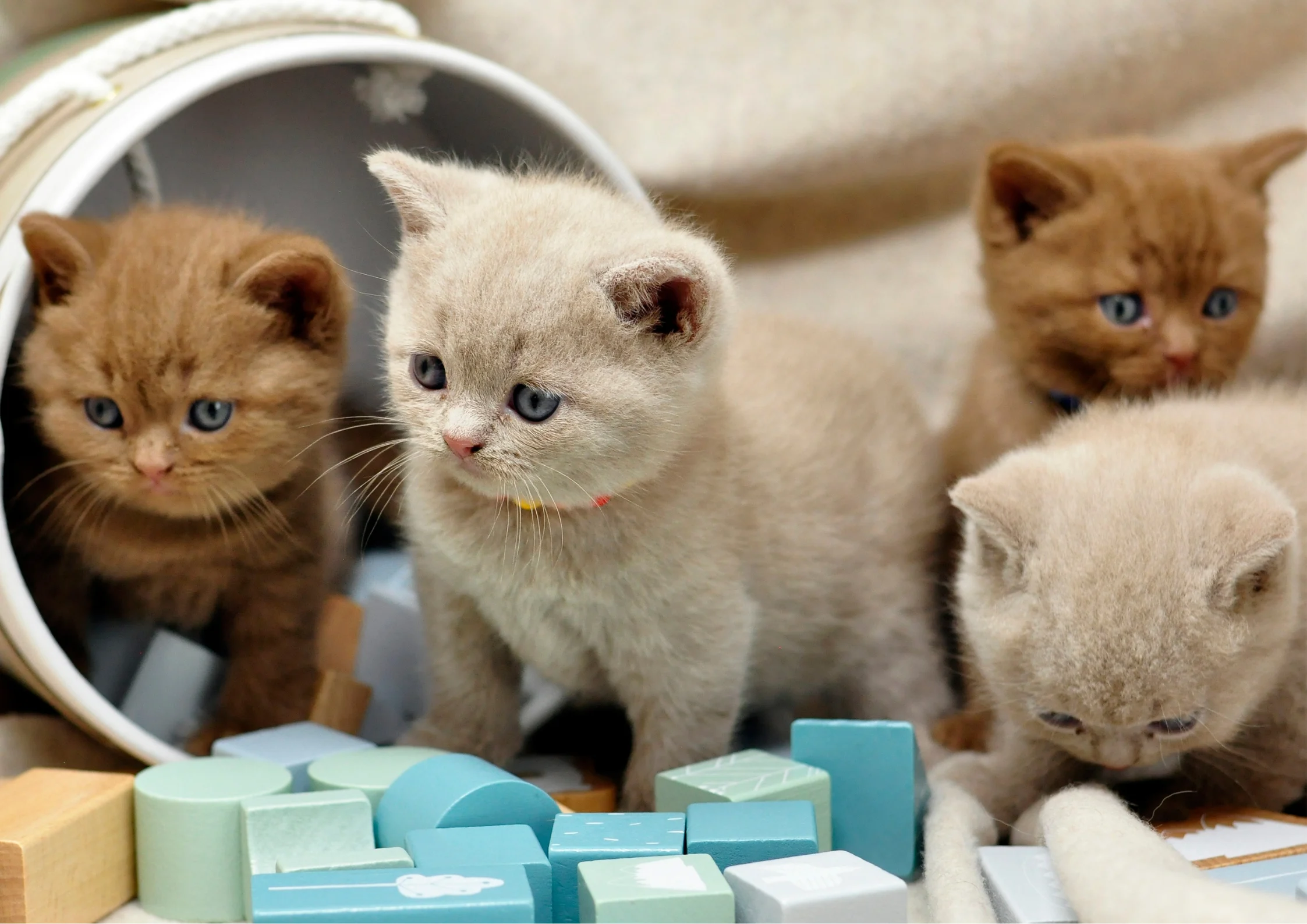 However, because most people are allergic to fur and dander, it may be possible to find a cat that can reduce pet allergies. Some great species that are mostly considered hypoallergenic include:
However, because most people are allergic to fur and dander, it may be possible to find a cat that can reduce pet allergies. Some great species that are mostly considered hypoallergenic include:
- Siberian – The Siberian cat contains less Fel d 1 protein which is known to cause allergic reactions in people. Although these cats have a thick, triple coat, regular brushing can minimize shedding. Expect a heavy seasonal shed as the cat will release its undercoat with the changing seasons.
- Balinese – Similar to a Siberian, this cat has less Fel d 1 protein, reducing the allergic reaction from people. Although this cat has a long coat, it is only considered a minimal shedder. Keeping this cat groomed regularly and brushed weekly will help prevent unnecessary shedding.
- Devon Rex – The Devon Rex is a unique cat breed with extremely thin and fine hair. The cat will shed much less than other breeds, and often the owner can simply wipe down or “dust” their Devon Rex to keep it clean. Regular brushing can help spread the natural oils throughout the skin, reducing shedding and minimizing allergic reactions.
- Oriental Shorthair – This cat breed comes in both a longhair and a shorthair variety. Usually, the shorthair versions are the best for people who suffer from allergies. This cat doesn’t shed much and will happily tolerate weekly grooming sessions to reduce shedding further.
- Javanese – The Javanese is a cross between a Colorpoint Shorthair and a Balinese. This mixture ensures the cat will have short hair and limited proteins that can cause an allergic reaction. The Javanese rarely sheds, and with regular grooming, it can be an excellent choice for people who suffer from pet allergies.
Related Questions
Are Norwegian Forest Cats from Norway?
Originally, Norwegian Forest Cats were from Norway and were an ancient breed. These cats are found throughout Norse mythology and were a favorite pet to Vikings and Scandinavians.
Norwegian Forest Cats were well-suited to the cold weather and were excellent at catching mice and protecting the farm and homestead.
Some people believe the first Norwegian Forest Cats came to North America onboard the Viking Ships that landed on the shores in the 10th century.
How is a Norwegian Forest Cat different from a Maine Coon?
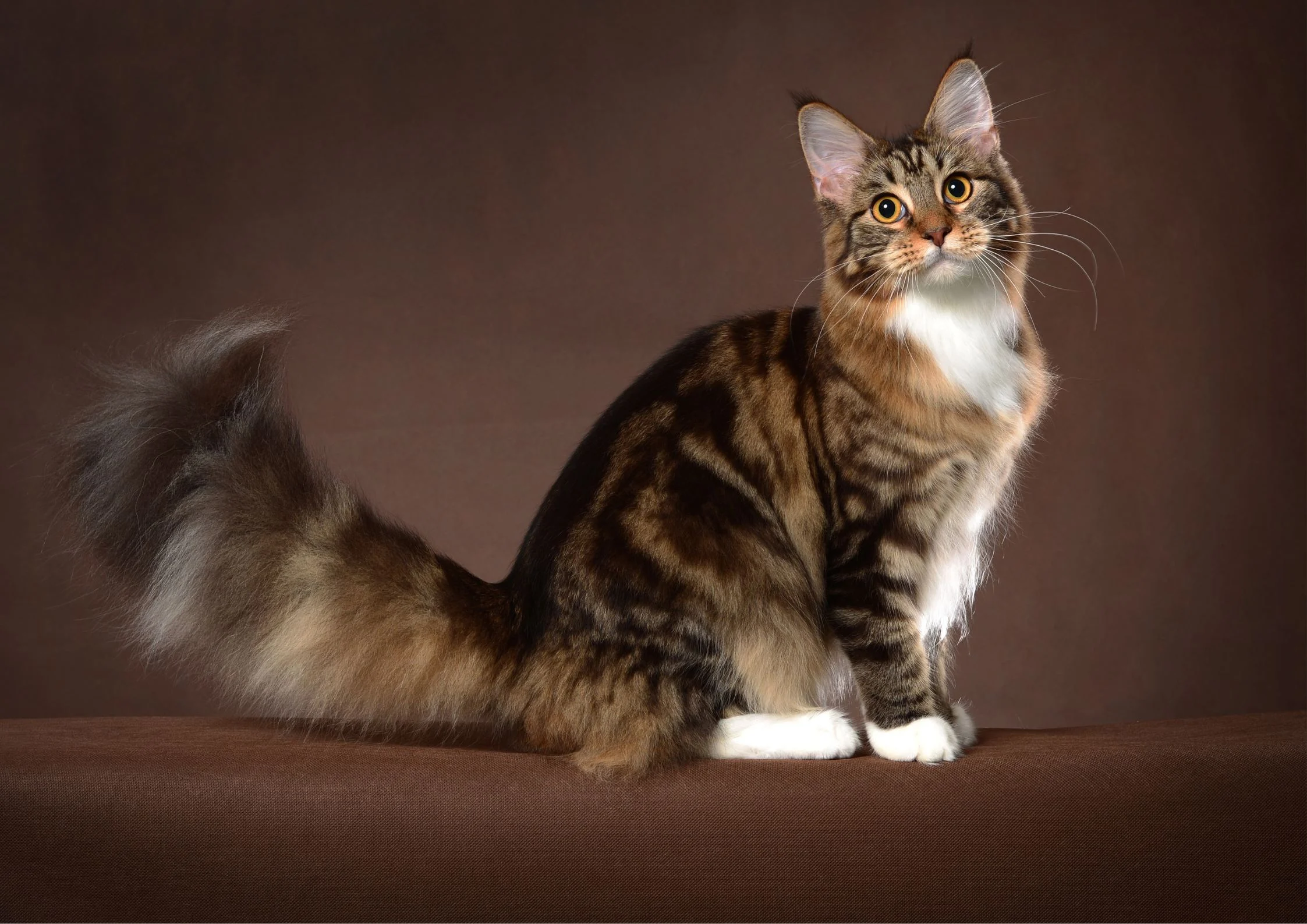 It is common to confuse a Norwegian Forest Cat for a Maine Coon because they are both big, fluffy cats. But, these two cats have different looks that can differentiate the two.
It is common to confuse a Norwegian Forest Cat for a Maine Coon because they are both big, fluffy cats. But, these two cats have different looks that can differentiate the two.
Usually, Norwegian Forest Cats have long and sweeping fur compared to the Maine Coon’s fluffy coat without any direction.
A Norwegian Forest Cat has a triangular head with a flat forehead, while the Maine Coon has more of a wedge-shaped head and higher cheekbones. The Maine Coon’s face usually appears happier.
Related Guides
Our team is composed of pet care professionals, veterinarians, and pet owners. To date, we’ve conducted thousands of hours of research to publish the most accurate pet information.
Most of the writers on our site are vets with 10+ years of clinical experience, ranging from small practice, to equine practice, academia, and surgery. Our goal is to help every pet owner get the information they seek about their dear companions.



Leave a comment
You must be logged in to post a comment.